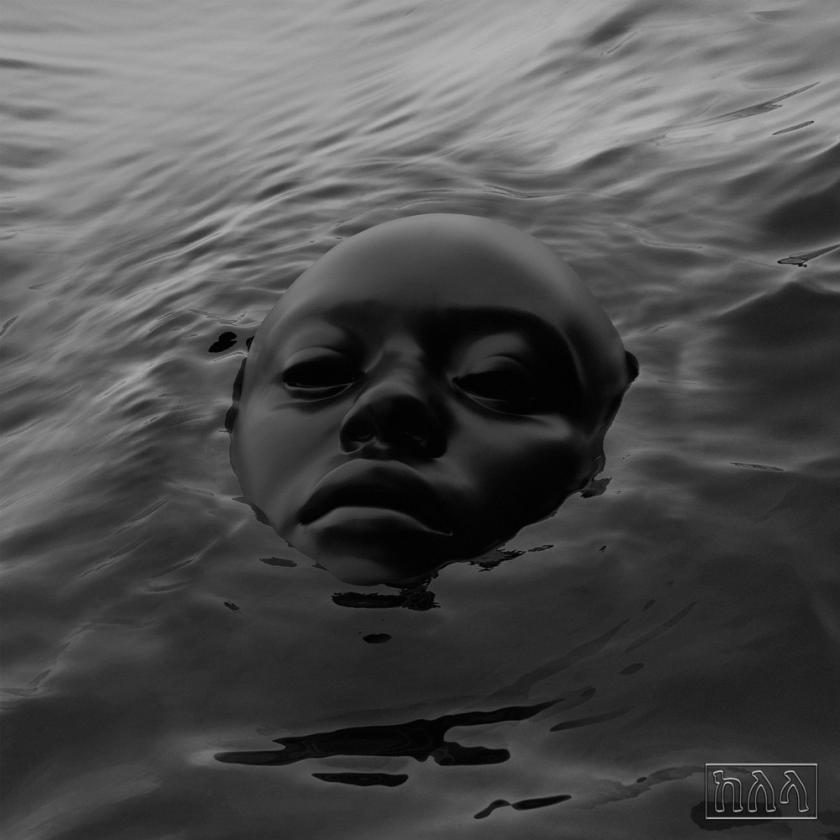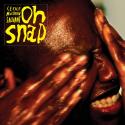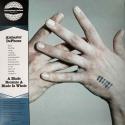Kelela, the DC-born artist, has been fusing R&B with experimental electronics since her 2013 mixtape Cut 4 Me. In 2017 she released her debut, Take Me Apart, a futuristic R&B album which consolidated her as a singular artist in a league of her own.
Raven is a much welcomed return. It’s an album filled with break-beats, swelling synths and Kelela’s strongest vocals yet. It’s also an album where she finds comfort and asserts her place in the black, queer, Afrofuturist history of the dance floor.
On Raven the majority of production is handled by DJs LSDXOXO, Asmara and Bambii. The palette of the album is more cohesive than previous releases. Like the singles “Washed Away” and “Happy Ending” suggest, swathes of synths and jabs of break-beats and 2-step shape the album.
Like always, Kelela is working with some of the coolest DJs on the circuit, but nothing on Raven is peak-time material. Raven exists somewhere in between getting home from the club and falling asleep. Songs don’t need to be played in the club to evoke it. For example, Take Me Apart conjured up a steamy club as tangible as Marvin Gaye’s I Want You album cover, without any outright club-friendly songs. But Raven doesn’t quite capture that liberation of dancing among sweaty bodies. Sometimes you wish that Kelela would grab our hands and pull us further onto the dancefloor.
Instead Raven is more subdued. There’s a subaquatic, dreamlike quality which is partly due to Kelela’s soaring, ghostlike vocals on songs like “Sorbet” and “Divorce”. Kelela’s voice has always been steeped in R&B, her harmonies and runs echoing her experimental predecessors Janet Jackson and Brandy.
Similarly to Beyoncé’s Renaissance, Raven celebrates the dance floor as a space of black and queer art, although Raven feels more authentic, dare I say. Kelela is not paying homage, instead asserting her place in this lineage.
These themes come together on the titular track. When the song breaks into four-to-the-floor techno, it’s unmistakably the sound of Detroit pioneers Drexciya. This was a duo that made radical electronic music whilst building an Afrofuturist mythology around their art. In short: Drexciya is the name of a fictional underwater civilisation, inhabited by the children of pregnant slaves who drowned during the Middle Passage.
The sound of water can be heard in every song on the album and the cover shows a face emerging from pitch black water. Kelela is reminding us that experimental electronics and the dance floor has always been steeped in the imagination of black artists - no other artist conveys this as well as Kelela.















Add comment